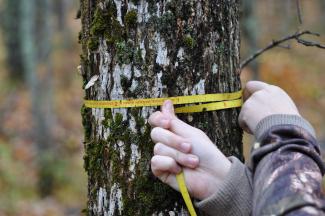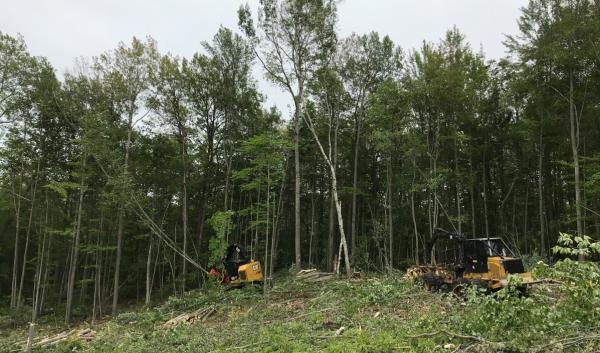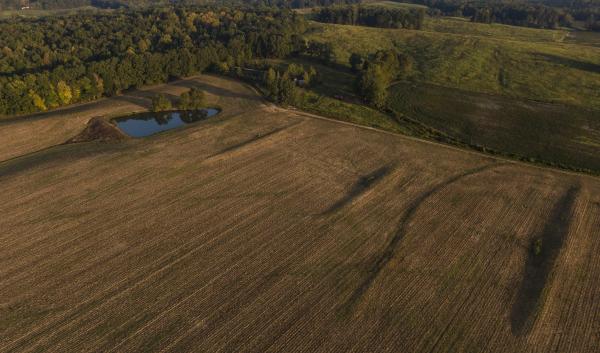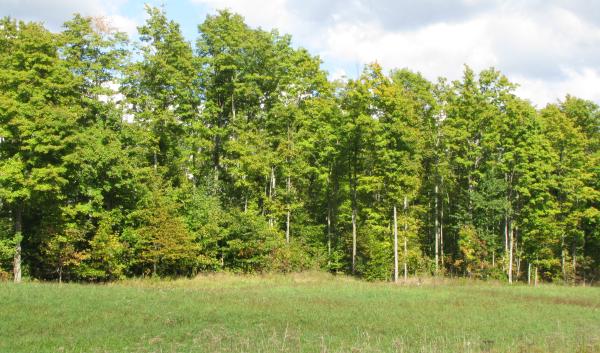Carbon & Greenhouse Gases

Carbon is one of the most important elements found on Earth. The carbon cycle supports all life by transferring carbon between living things and the environment. Plants take up carbon dioxide (CO2) and release oxygen (O2) during photosynthesis, which transfers carbon to their stems, roots, and leaves as they grow. When leaves fall and decompose or when plants die, the carbon that was stored in plants is released through respiration or combustion and transferred back to the atmosphere or to the soil.
Global concentrations of the most important long-lived greenhouse gases (GHG) in the atmosphere have increased measurably since the onset of the Industrial Revolution in 1750. Agriculture and forestry practices may either contribute to or remove GHGs from the atmosphere. Agriculture and forestry have contributed to GHGs in the atmosphere through cultivation and fertilization of soils, production of ruminant livestock, management of livestock manure, land use conversions, and fuel consumption.
Climate change is already having an impact on ecosystems across the world, and many of these changes are expected to continue or accelerate in the future. Opportunities to mitigate atmospheric greenhouse gas emissions is driving interest in managing carbon within ecosystems, highlighting the important role forests and grasslands play in sequestering CO2 and providing a source of renewable energy. At the same time, changes in the Earth’s climate system are altering forests in dramatic ways, which can also have consequences for the emission of carbon and other greenhouse gases.
-
Understanding forest soil carbon and useful resources for real-world management applications
The forests of the Northwoods, in particular the Lake States, soil carbon plays an important role. New research and…
-
Forests: A Carbon Cycle Checking Account
Forests influence atmospheric greenhouse gas levels in ways most people don’t think about. Scientists describe this as…
-
Carbon pools and decision support tools in New Mexico
The USDA Southwest Climate Hub and the New Mexico Department of Agriculture working lands group synthesized carbon…
-
A Renewed Focus on Soil Carbon
Increasing carbon storage as soil organic matter helps to mitigate climate change by removing CO2 from the atmosphere.…
-
The role of Climate-Smart Agriculture in climate adaptation and mitigation in the Northeast
As farmers confront the challenges of climate change, you may be hearing the term “Climate-Smart Agriculture” brought…
-
What can forest managers do to increase carbon storage and mitigate climate change?
The results from a new study in Vermont show how forests can play a significant role in fighting climate change.
-
Soil Health, Soil Amendments, and Carbon Farming
This soil-focused fact sheet series, which is intended for members of the technical assistance community who advise…
-
NRCS practices can support climate change adaptation
NRCS programs and practices can help landowners achieve their goals while supporting climate adaptation. This series of…
-
Midwest U.S. Climate Resiliency Toolkit
Increasing humidity and precipitation and rising extreme temperatures are having negative impacts across the Midwest.…










